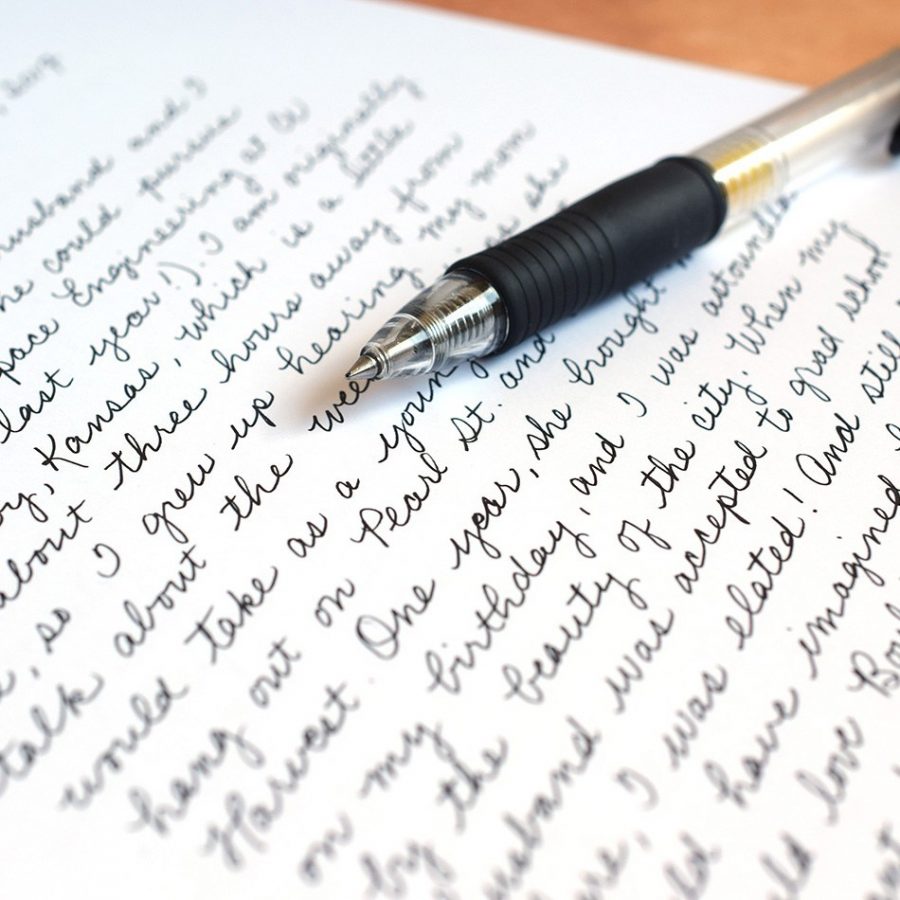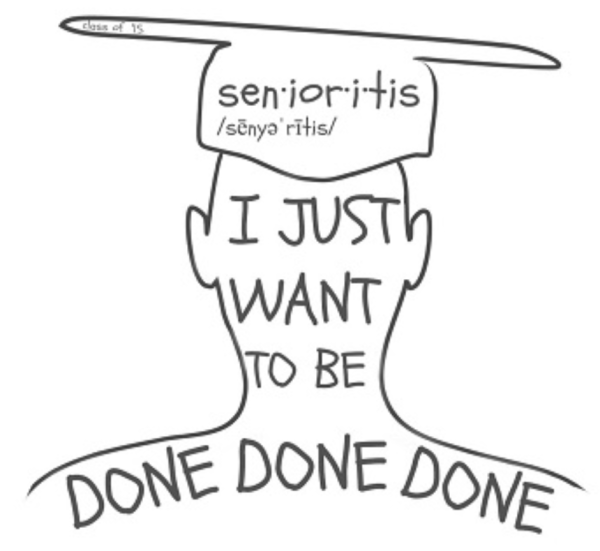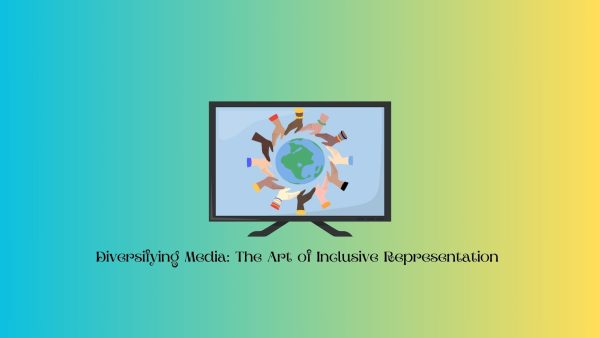Should Cursive Die?
With the decrease of students writing in cursive, some wonder if it is still necessary to learn.
January 16, 2021
In certain parts of the world, cursive continues to thrive; however, the situation is different in the United States. Many students recall learning cursive in elementary school, but many stopped using this style of writing. Therefore, through a digital age and with most students learning how to print first, should cursive die?
In 41 states, elementary school teachers across the United States have stopped teaching cursive. Due to the Common Core Standards no longer requiring to teach cursive in schools, some schools no longer deem it necessary to teach. Consequently, numerous teachers use this time initially utilized to teach cursive to instead teach students how to type.
Another reason why the time utilized to teach cursive can be wasted is that many students abandon cursive after elementary school. Also, there has been little research that has demonstrated that cursive positively impacts students’ skills.
Students are accustomed to seeing printing through technology such as laptops or texting in this digital age. Due to the efficiency of communicating with technology, writing letters are not as needed for many to communicate with others. Also, traditional signatures are signed utilizing cursive, but now electronic signatures are emerging so it is possible that in the future that electronic signatures could replace traditional signatures.
To add, some people believe that cursive is redundant. Students first learn how to write in print and then later learn how to write in cursive. Relearning a new style of writing can become unnecessary when printing can do the same job. People also typically find reading cursive more challenging or less legible compared to printing.
However, some positives of writing in cursive are that it helps people with dyslexia. Cursive stimulates certain circuits in the brain and fine motor skills, helping people who have difficulty writing letters in the right order. Natalie Neal (10) believes that “cursive should still be part of the learning curriculum because it can improve students’ printing” because cursive helps with fine motor skills. Writing in cursive also utilizes the right and left side of the brain, which improves reading comprehension, creativity, brain development, memory, and spelling.
Since cursive has been around for centuries, past generations typically write in this style. So, people who know how to read and write in cursive can read and analyze documents such as the Declaration of Independence without it being transcribed.
Writing in cursive is also considered to be more efficient than writing in printing. This is because cursive is a faster alternative due to the connected letters creating fluency and not needing to pick up one’s writing utensil as often.
Although cursive has been prevalently used throughout history and worldwide, some believe it is time for a change and to abandon the style. On the other hand, with those who believe in the necessity of learning cursive, the debate will continue to be argued if cursive should be left to vanish.
























Sharon Sun • Jan 23, 2021 at 1:28 AM
Great article! In my opinion, typing is far more important of a skill for students than cursive right now so it makes sense on a practical level to teach the former instead, although cursive and fancy calligraphy would definitely make for an artful pastime.
faith desio • Jan 22, 2021 at 10:48 PM
This article was very interesting to read! I do think that cursive is slowly being taught less in schools. Just like you said in the article; I also have noticed that people such as my grandparents always write in cursive, while my little brother doesn’t even know what it is!
Nikole galea • Jan 22, 2021 at 6:59 PM
Great topic. I personally really like cursive since my mom had taught me at a young age, and when I started going up grades I noticed how irrelevant middle school and highschool made cursive. They never teaching it to us which is really sad since it is so cool.
Katelyn Ruggles • Jan 21, 2021 at 3:25 PM
This is a really interesting topic, and I love that you are shedding light on the dying writing style. Cursive is becoming less and less and popular, and with the increase in technology and most things being written, I do not see cursive lasting much longer.
Suhani Bhanvadia • Jan 20, 2021 at 3:26 PM
I don’t think teaching cursive in school will last much longer. Now that everything is transitioning to technology, there is more stress on learning how to type. Cursive may be effective, but I don’t think it’s comparable to typing.
Emily Eslao • Jan 16, 2021 at 2:08 PM
This made for a very interesting article! I always did find it weird how my elementary teachers put so much effort into teaching us cursive, just for most of us to revert back to manuscript well before high school. I haven’t used cursive in many years, for a lot of the reasons listed here actually. If cursive ever did die out, I wouldn’t be too surprised.